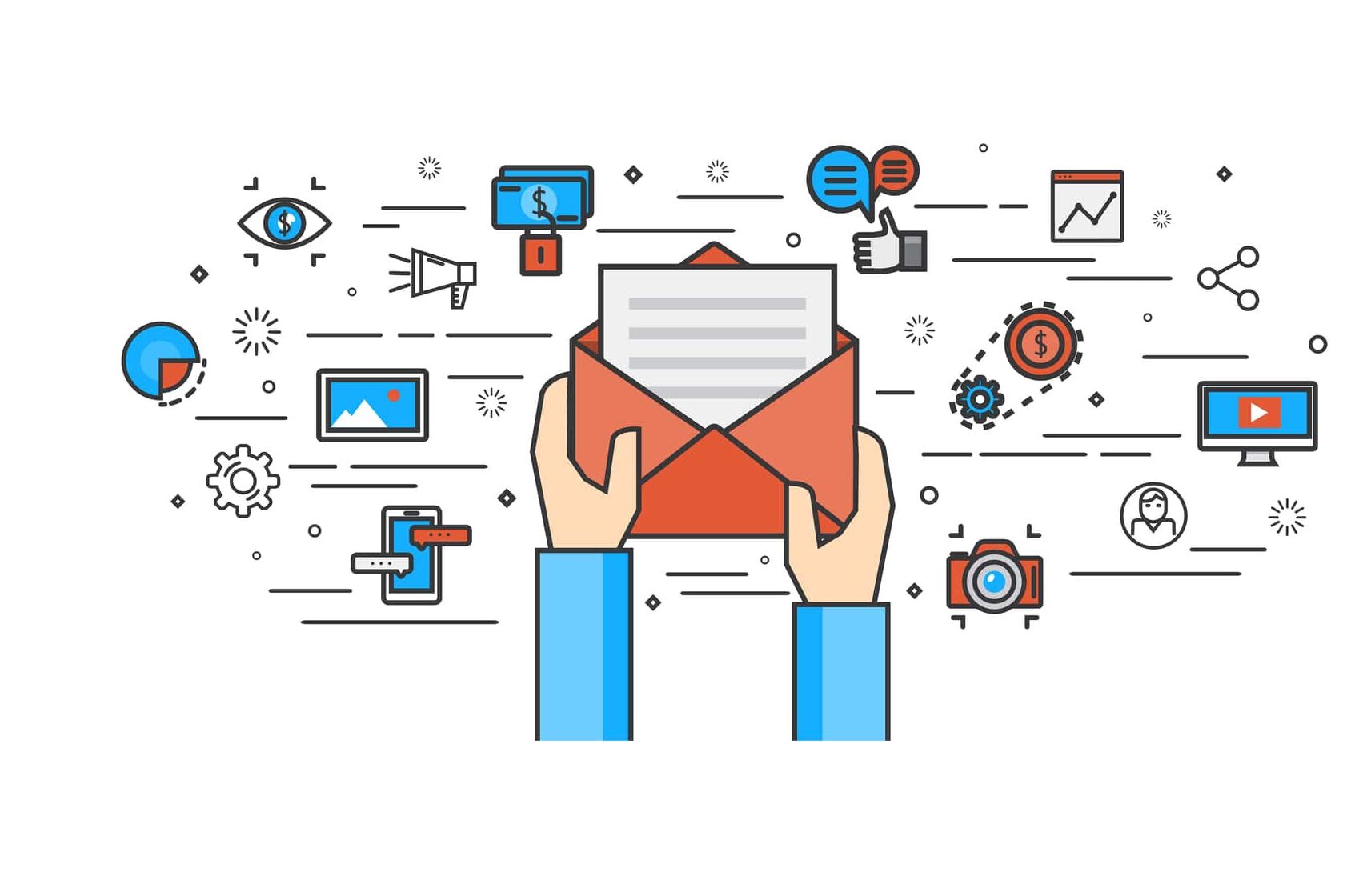Email marketing is a powerful tool for businesses to reach their audience directly. However, to maximize its effectiveness, it’s essential to know what works best for your audience. This is where A/B testing comes in. This guide will walk you through the basics and best practices of A/B testing in email marketing.
What is A/B Testing?
A/B testing, also known as split testing, is a method where two versions of an email are sent to two different segments of your audience. The goal is to determine which version performs better based on specific metrics like open rates, click-through rates, or conversion rates.
Why A/B Testing is Important
- Data-Driven Decisions: It helps you make informed decisions based on real data rather than assumptions.
- Improves Engagement: By understanding what your audience prefers, you can tailor your content to increase engagement.
- Boosts ROI: Optimizing your emails can lead to higher conversion rates and, ultimately, better returns on your marketing investment.
Steps to Conduct A/B Testing
- Define Your Goals
- Determine what you want to achieve. Common goals include increasing open rates, click-through rates, or sales.
- Select the Element to Test
- You can test various elements of your email such as:
- Subject lines
- Email content
- Call-to-action (CTA) buttons
- Images
- Send times
- You can test various elements of your email such as:
- Create Two Versions
- Develop two different versions of the email, changing only one element at a time. This helps isolate the effect of that particular element.
- Segment Your Audience
- Split your audience into two random but equal segments. This ensures that the results are not biased by different audience characteristics.
- Send the Emails
- Send version A to one segment and version B to the other simultaneously to avoid time-based biases.
- Measure the Results
- Track the performance of each version using the predetermined metrics. Use your email marketing platform’s analytics to gather data.
- Analyze the Data
- Compare the results to see which version performed better. Look for statistically significant differences to ensure your findings are reliable.
- Implement the Winning Version
- Use the winning version as your main email. Continue testing other elements to further optimize your emails.
Best Practices for A/B Testing
- Test One Element at a Time: This isolates the variable you are testing and makes it easier to determine its impact.
- Use a Large Sample Size: Ensure your audience segments are large enough to provide reliable data.
- Run Tests Simultaneously: Avoid time-based biases by sending both versions at the same time.
- Be Patient: Give your test enough time to gather significant data before making conclusions.
- Keep Testing: Email marketing is dynamic, and continuous testing can help you stay ahead of changing audience preferences.
Common Elements to Test
- Subject Lines: The first thing recipients see, crucial for open rates.
- Content Layout: The structure and design of your email.
- Personalization: Use of the recipient’s name or other personalized elements.
- Images vs. Text: The impact of visual elements compared to text.
- CTA Buttons: Placement, color, and wording of call-to-action buttons.
- Send Times: The day and time you send your emails.
A/B testing is a crucial component of successful email marketing. It allows you to understand what resonates with your audience and make data-driven decisions to enhance your campaigns. By following the steps and best practices outlined in this guide, you can start conducting effective A/B tests and see significant improvements in your email marketing performance.
By consistently testing and optimizing, you can ensure your email marketing efforts are always improving, leading to better engagement and higher ROI.




